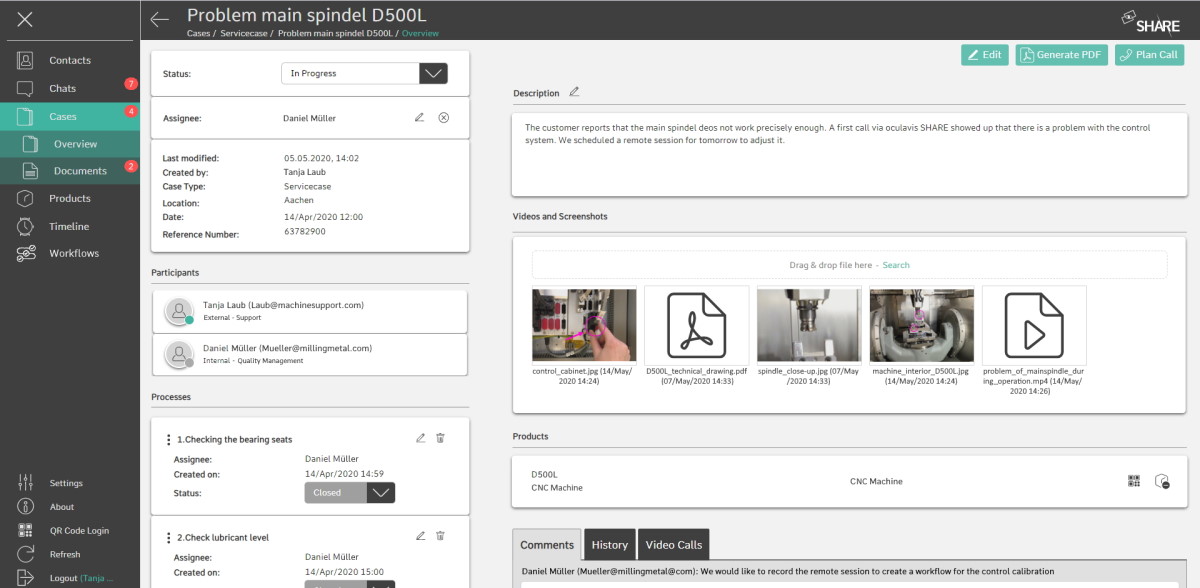Showing 1 to 15 of 2075 results
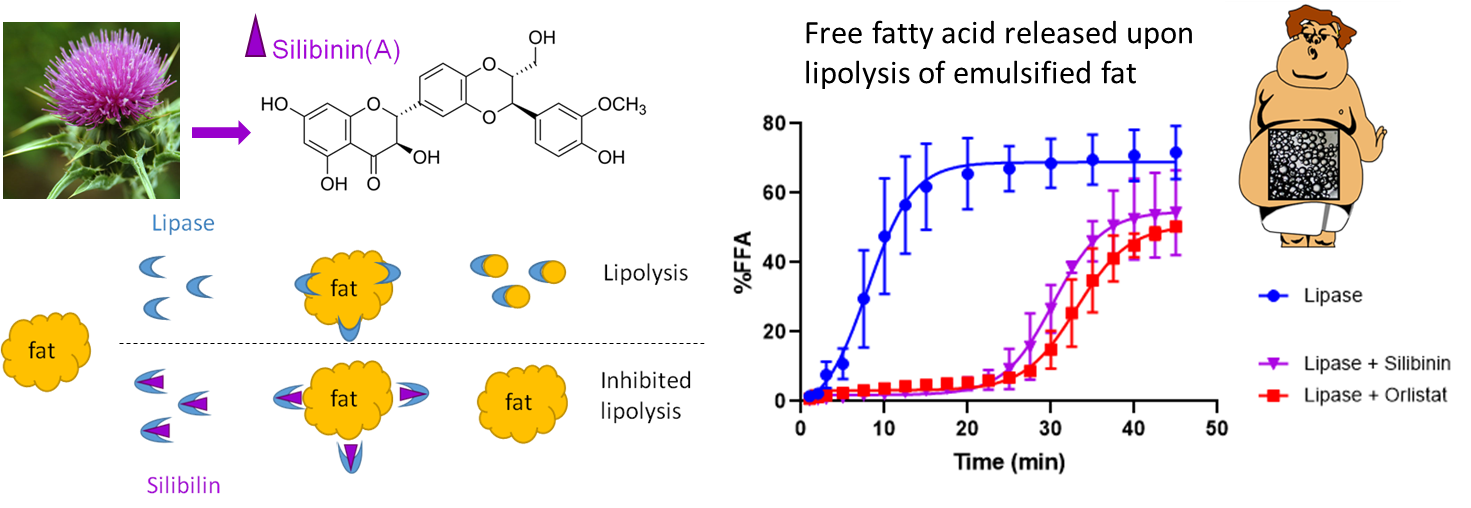

Compound for the treatment of obesity and hyperlipidemia
Patents for licensing Universidad de Granada

Food Processor employing Pulsed Electric Field (PEF) Technology
Patents for licensing Czech University of Life Sciences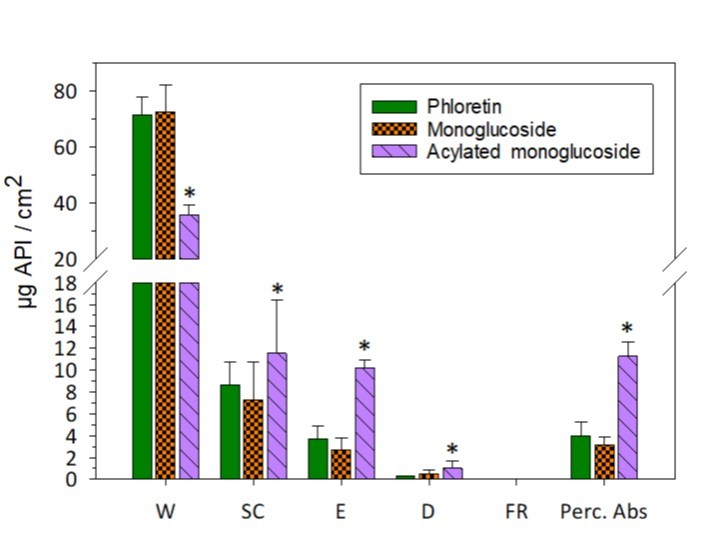

Acylated derivate of phloretin with increased percutaneous absorption
Patents for licensing CSIC - Consejo Superior de Investigaciones Científicas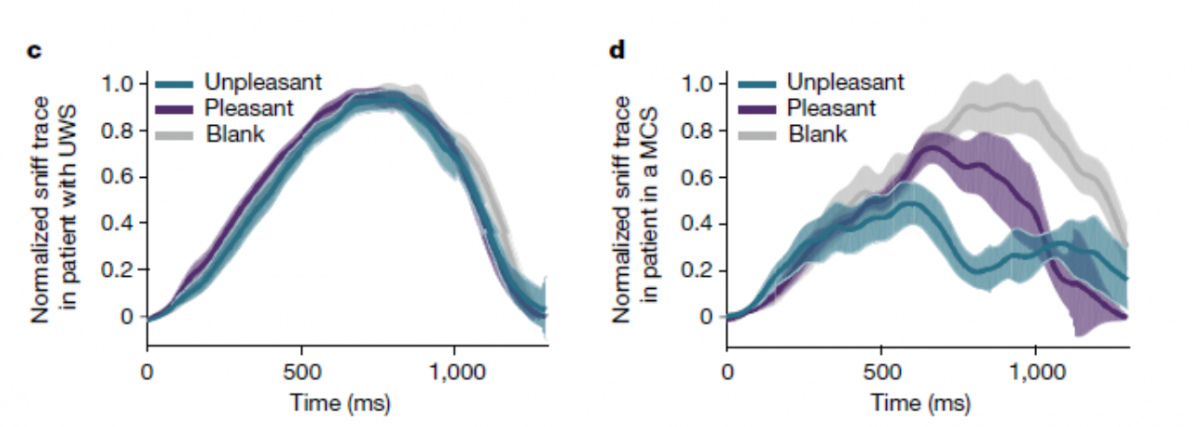

A Marker for Consciousness State Following Brain Injury
Patents for licensing Yeda

Improved Treatment for Glaucoma
Patents for licensing Yeda

EASY BROADCAST - End-to-end video streaming solutions
Innovative Products and Technologies EIT Digital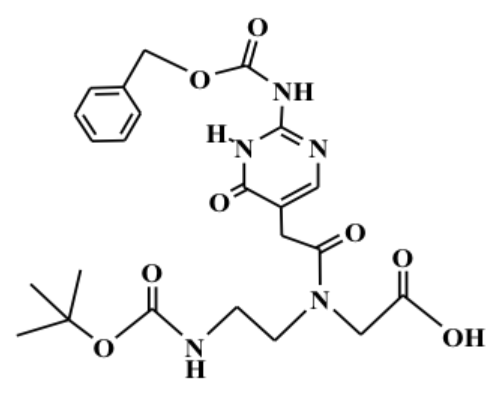

Boc-J(Z)-Aeg-OH Cas 163081-03-6
Innovative Products and Technologies Creative Peptides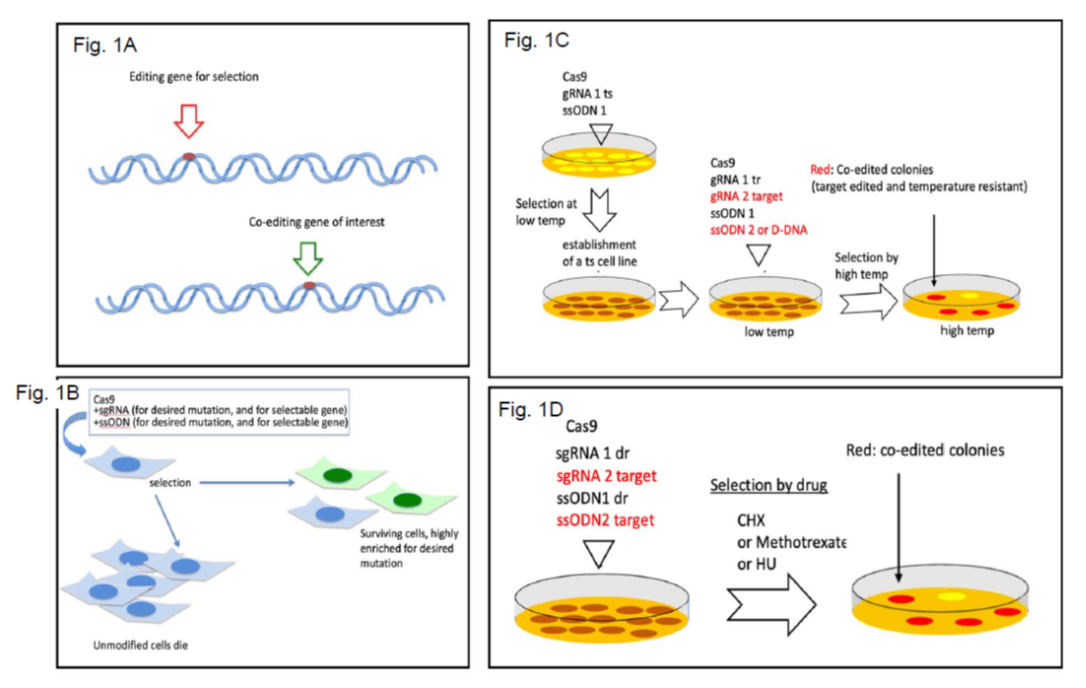

Scarless CRISPR-mediated Genome Editing
Patents for licensing Yeda

Selective estrogen receptor modulators-Like Library
Innovative Products and Technologies Otava Research Institute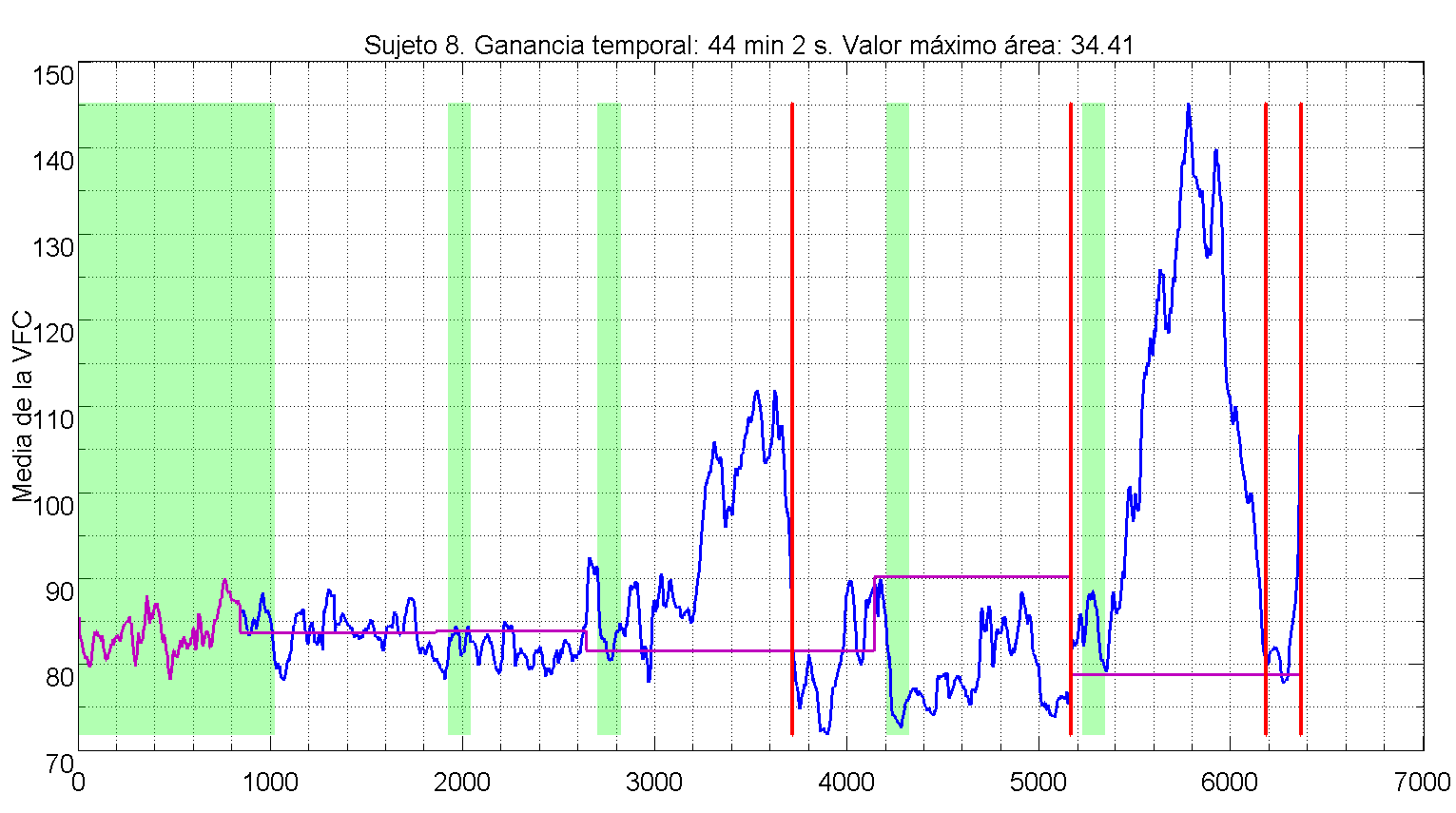

Detector of early allergic reactions during diagnostic challenge tests for food and drugs.
Patents for licensing Universidad de Alcalá-OTRI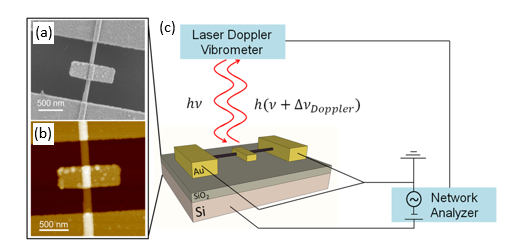

Inertial NEMS for Nanosensor Applications Based on Inorganic Nanotubes
Patents for licensing Yeda

Industrial production of humic and fulvic acid from biomethan digestate
Innovative Products and Technologies Luxembourg Institute of Science and Technology (LIST)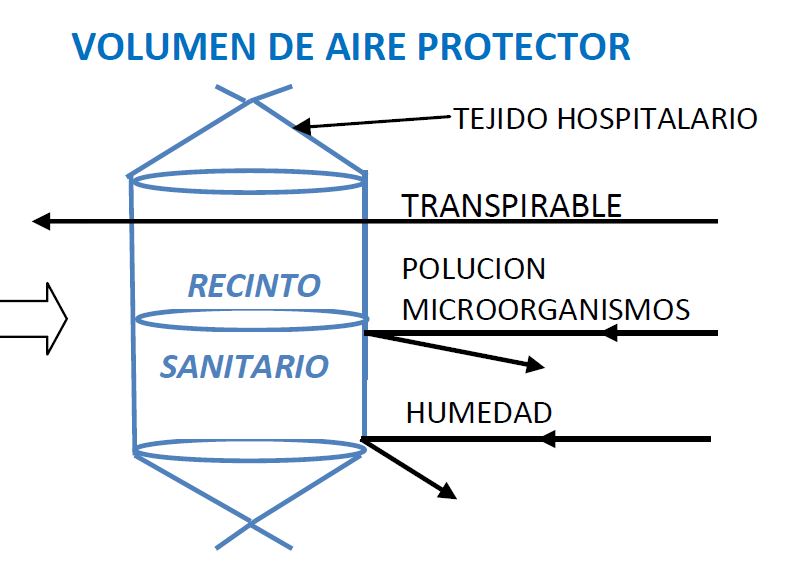

Volumetric protector of burned or wounded extremities
Patents for licensing Asgard Consulting

Combinations of asenapine as an anti-cancer agent
Patents for licensing UNIVERSIDAD DE BURGOS